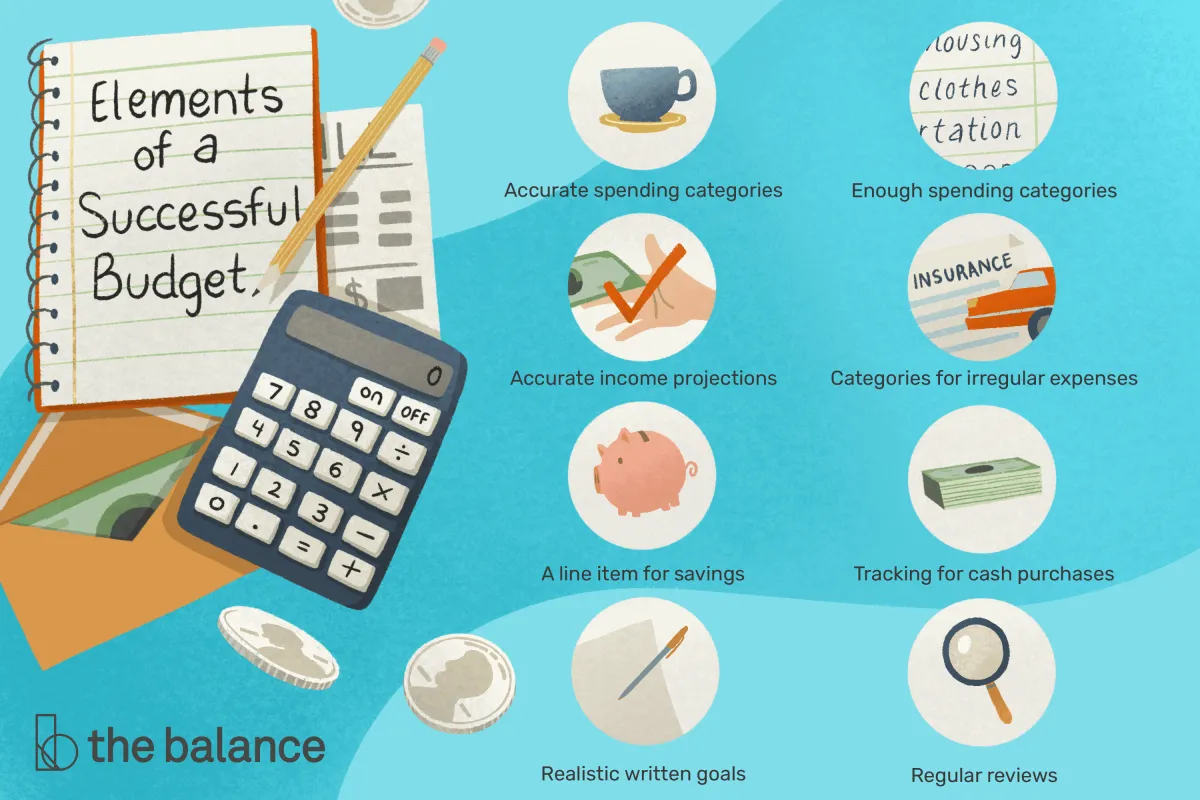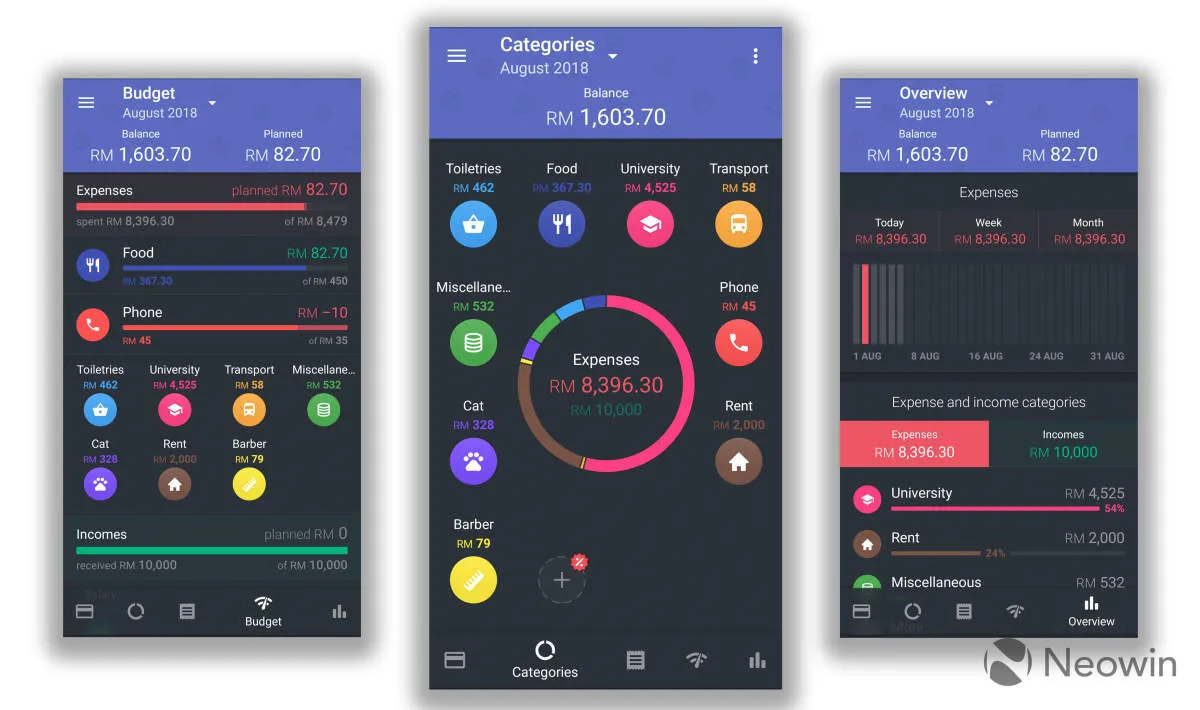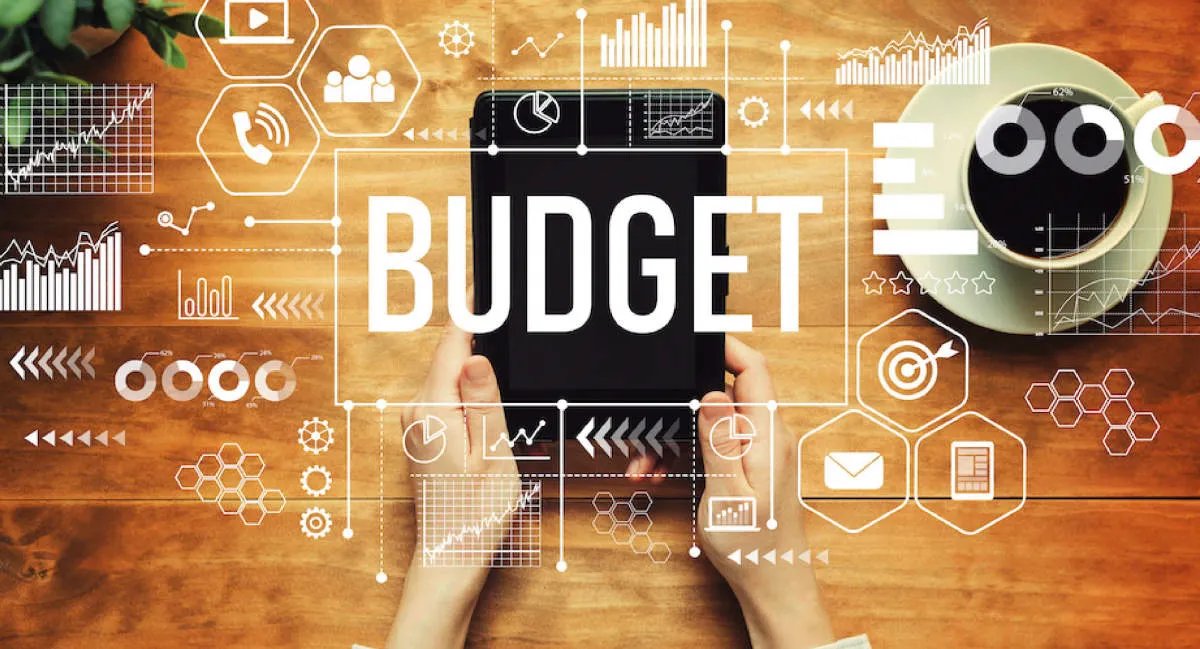Discover effective strategies to achieve financial success with these smart budgeting tips that will help you manage your money wisely and reach your financial goals.
Importance of Budgeting
Budgeting often gets put in the “necessary evil” category, but it’s far more empowering than restrictive. It’s about understanding where your money goes and making conscious choices about your financial future. Here’s why budgeting is crucial for financial success:
1. Track Your Spending and Identify Areas for Savings
You might be surprised how much money gets spent on non-essential items without realizing it. A budget lays bare your spending habits, highlighting areas where you can cut back and save.
2. Achieve Your Financial Goals
Whether it’s buying a house, traveling the world, or retiring early, a budget helps you allocate funds towards your goals. By consistently setting aside money, you turn dreams into achievable milestones.
3. Avoid Debt and Build Emergency Savings
Life is full of surprises, and not all of them are good. A budget allows you to build an emergency fund to handle unexpected expenses without relying on credit cards. It also helps you live within your means, preventing debt from piling up.
4. Gain Peace of Mind and Control
Money worries are a major source of stress. Budgeting provides a clear financial roadmap, replacing anxiety with a sense of control and peace of mind knowing where your money is going and that you’re prepared for the future.
How to Create a Budget

Creating a budget is the cornerstone of achieving financial success. It’s the roadmap that guides your spending and saving habits, ensuring you’re on track to meet your financial goals. Here’s a step-by-step guide to help you craft a budget that works:
1. Track Your Income and Expenses
Before you can budget effectively, you need a clear picture of your finances. Track your income from all sources, including your salary, investments, or any side hustles. Then, meticulously record your expenses for a month, categorizing them as needs (rent, utilities, groceries) and wants (entertainment, dining out, non-essential shopping).
2. Set Realistic Financial Goals
What are you hoping to achieve with your budget? Do you want to pay off debt, save for a down payment, or build an emergency fund? Clearly define your short-term and long-term goals, as these will guide your budgeting decisions.
3. Determine Your Budgeting Method
There are various budgeting methods, each with its own approach:
- 50/30/20 Budget: Allocate 50% of your income to needs, 30% to wants, and 20% to savings and debt repayment.
- Envelope System: Withdraw cash for specific categories and once an envelope is empty, spending in that category stops.
- Zero-Based Budget: Assign every dollar a job, ensuring your income minus expenses equals zero.
Choose the method that resonates best with your lifestyle and preferences.
4. Utilize Budgeting Tools
Leverage technology to simplify the budgeting process. Numerous apps and software programs are available to help you track expenses, set financial goals, and even automate savings.
5. Review and Adjust Regularly
Your financial situation and goals are likely to evolve over time. Review your budget monthly, making adjustments as needed to stay on track and ensure it remains aligned with your priorities.
Tracking Your Expenses
One of the cornerstones of successful budgeting is understanding where your money goes. Tracking your expenses provides valuable insights into your spending habits, allowing you to identify areas where you can cut back and save more.
There are several methods you can use to track your expenses:
- Budgeting Apps: Numerous apps are designed specifically for expense tracking. Many of these apps can link directly to your bank accounts and credit cards, automatically categorizing your transactions for easy analysis.
- Spreadsheets: For those who prefer a more hands-on approach, creating a spreadsheet can be a highly effective way to track expenses. You can customize categories to match your specific needs and easily generate charts and graphs to visualize your spending patterns.
- Notebook and Receipts: While not as technologically advanced, a simple notebook dedicated to recording your expenses can still be beneficial. Be sure to collect and file your receipts to ensure accuracy.
Regardless of your chosen method, consistency is key. Aim to track your expenses daily or weekly to avoid falling behind and losing track of your spending.
Cutting Unnecessary Costs

One of the most effective ways to improve your financial health is to identify and eliminate unnecessary expenses. While it may seem daunting, cutting back on even small expenses can have a significant impact on your budget over time. Here are some tips to help you get started:
Track Your Spending
Before you can start cutting costs, you need to know where your money is going. Track your spending for at least a month, noting every purchase, no matter how small. You can use a budgeting app, a spreadsheet, or even just a notebook.
Identify Non-Essential Expenses
Once you have a clear picture of your spending habits, you can start identifying non-essential expenses. These are costs that you can comfortably live without, such as:
- Subscriptions you don’t use regularly (streaming services, magazines, gym memberships)
- Dining out too frequently
- Impulse purchases
- Expensive coffee habits
- Brand name products when generics will suffice
Find Cheaper Alternatives
For many of your expenses, there are likely cheaper alternatives available. Consider these options:
- Negotiate: Contact your service providers (cable, internet, insurance) and try to negotiate lower rates.
- Shop Around: Don’t settle for the first price you see. Compare prices from different retailers and online stores.
- Use Discounts and Coupons: Take advantage of coupons, promo codes, and loyalty programs to save on everyday purchases.
- DIY When Possible: Explore do-it-yourself options for things like home repairs, beauty treatments, and car maintenance.
Set Spending Limits
Once you’ve identified areas where you can cut back, set spending limits for yourself. This will help you stay on track and avoid overspending. Consider using cash envelopes, budgeting apps with alerts, or simply setting reminders in your phone.
Make Gradual Changes
Cutting too many expenses at once can be overwhelming and lead to setbacks. Start by eliminating one or two non-essential costs and gradually work your way up as you become more comfortable with the changes.
Setting Financial Goals
Creating a budget is a crucial step towards financial success, but it’s equally important to have clear financial goals to guide your spending and saving habits. Without defined objectives, it’s easy to overspend and lose sight of your long-term financial well-being. Here’s why setting financial goals is essential and how to set effective ones:
Why Set Financial Goals?
Financial goals provide direction and motivation for your financial decisions. They give you a clear purpose for saving and help you stay focused on your priorities. Here are some key benefits:
- Motivation: Knowing what you’re working towards keeps you motivated to stick to your budget and make smart financial choices.
- Prioritization: Goals help you prioritize your spending and allocate funds towards what matters most.
- Measurable Progress: Defining your goals allows you to track your progress and celebrate milestones, fostering a sense of accomplishment.
Types of Financial Goals:
Financial goals can range from short-term to long-term and encompass various aspects of your financial life. Here are common types:
- Short-Term (Within a year):
- Building an emergency fund
- Paying off credit card debt
- Saving for a vacation
- Mid-Term (1-5 years):
- Down payment on a house or car
- Paying off student loans
- Starting a family
- Long-Term (5+ years):
- Retirement planning
- Funding children’s education
- Investing for financial independence
Setting SMART Financial Goals:
To maximize your chances of achieving your goals, ensure they are SMART:
- Specific: Clearly define what you want to achieve (e.g., save $5,000 for a down payment).
- Measurable: Quantify your goals with specific amounts and deadlines.
- Attainable: Set realistic goals that are challenging yet achievable.
- Relevant: Ensure your goals align with your values and overall life goals.
- Time-bound: Set a specific timeframe for achieving each goal.
Sticking to Your Budget

Creating a budget is a great first step towards financial health, but it’s meaningless if you don’t stick to it. Here are some practical tips to help you stay on track:
1. Track Your Spending:
Knowing where your money goes is crucial. Utilize budgeting apps, spreadsheets, or even a simple notebook to track every expense. Regular monitoring helps identify areas of overspending and allows for timely adjustments.
2. Use Visual Reminders:
Visual cues can be powerful motivators. Consider using budget trackers, vision boards, or even sticky notes on your fridge to remind yourself of your financial goals and keep your budget top-of-mind.
3. Automate Your Savings:
Treat savings like a non-negotiable expense. Set up automatic transfers to your savings account each month. This “pay yourself first” approach ensures consistent savings and makes it easier to live within your means.
4. Find a Budgeting Buddy:
Accountability can work wonders. Share your budget goals with a trusted friend or family member who can offer support and encouragement. Consider joining a budgeting community for shared experiences and motivation.
5. Regularly Review and Adjust:
Your budget shouldn’t be static. Review it regularly (monthly or quarterly) to assess its effectiveness. Life changes, unexpected expenses arise, and your financial goals may evolve. Adjust your budget accordingly to stay on course.
6. Celebrate Small Victories:
Sticking to a budget requires discipline and consistency. Acknowledge and celebrate your progress along the way. Whether it’s a month of no overspending or reaching a savings milestone, rewarding your efforts helps maintain motivation and reinforces positive financial habits.
Adjusting Your Budget as Needed
Creating a budget is a crucial first step, but it’s not a one-and-done task. Life is constantly changing, and your budget needs to be flexible enough to adapt to these changes. Here’s why and how to adjust your budget as needed:
Why Flexibility is Key
Think of your budget as a roadmap to your financial goals. Sometimes, there will be detours, roadblocks, and even shortcuts! These are the unexpected expenses, income changes, or new goals that life throws your way. Adjusting your budget allows you to stay on track towards financial success, even when circumstances shift.
Common Reasons to Adjust
- Income changes: A raise, job loss, or side hustle income can all impact your budget.
- Unexpected expenses: Car repairs, medical bills, or home maintenance can pop up unexpectedly.
- Lifestyle changes: Moving, getting married, having a baby, or starting a new hobby can affect your spending habits.
- Shifting goals: You might decide to prioritize saving for a down payment on a house over a big vacation.
How to Make Adjustments
- Review your budget regularly: A monthly review is a good starting point.
- Identify areas for change: Are you consistently overspending in one category? Do you have extra money to allocate elsewhere?
- Make adjustments gradually: Don’t try to overhaul your entire budget overnight. Start small and make gradual changes.
- Be realistic: Don’t set unrealistic expectations for yourself. Be honest about your spending habits and adjust accordingly.
Tracking and Tools
Utilize budgeting apps or spreadsheets to easily monitor your spending and income. This allows you to quickly identify areas that need adjustment and make changes with ease.
Budgeting Tools and Apps

Taking control of your finances often starts with a budget. Fortunately, in today’s digital age, you don’t need to rely on spreadsheets and calculators alone. A wealth of budgeting tools and apps can streamline the process, making it easier than ever to track your income, expenses, and savings goals.
Here’s a look at some popular categories and features:
Budgeting Apps
These apps offer a comprehensive platform to manage your entire budget. They often connect directly to your bank accounts, automatically tracking your income and expenses. Many offer features like:
- Expense categorization: See where your money is going.
- Goal setting: Set and track progress towards financial goals like saving for a down payment or vacation.
- Bill reminders: Avoid late fees with timely reminders.
- Customizable budgets: Create a budget tailored to your spending habits.
Expense Tracking Apps
If you’re primarily focused on understanding your spending patterns, expense tracking apps can be a great option. They simplify the process of logging expenses, often with features like:
- Receipt capture: Snap photos of receipts for easy record-keeping.
- Expense categorization: Group similar expenses together for better insights.
- Spending alerts: Receive notifications when approaching budget limits in specific categories.
Spreadsheet Templates
For those who prefer a hands-on approach, spreadsheet templates offer a customizable way to track finances. Many free and paid templates are available online, providing pre-built formulas and sections to manage:
- Income
- Expenses
- Debt payments
- Savings goals
Choosing the Right Tool
The best budgeting tool depends on your individual needs and preferences. Consider what features are most important to you, whether you prefer automatic tracking or manual input, and your comfort level with technology.
Conclusion
In conclusion, implementing smart budgeting tips is crucial for achieving financial success. By tracking expenses, setting goals, and prioritizing savings, individuals can build a strong financial foundation for a secure future.

